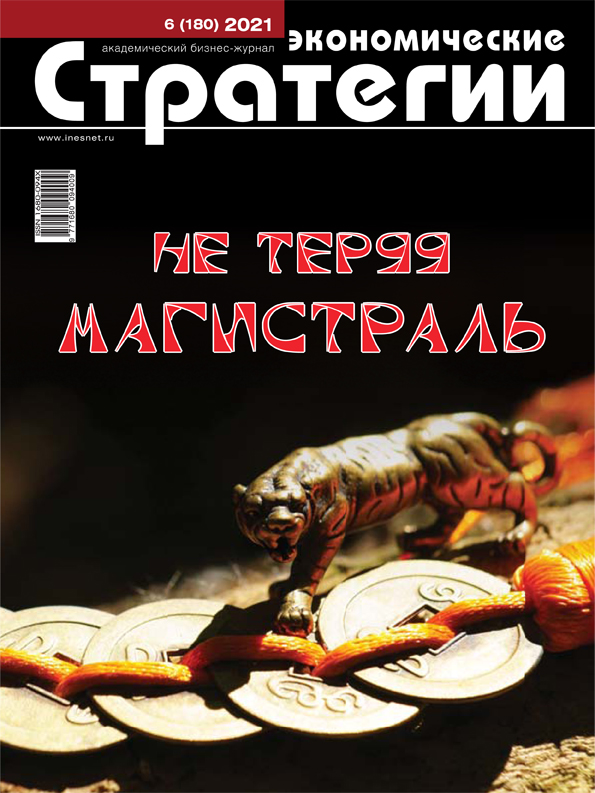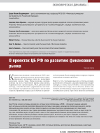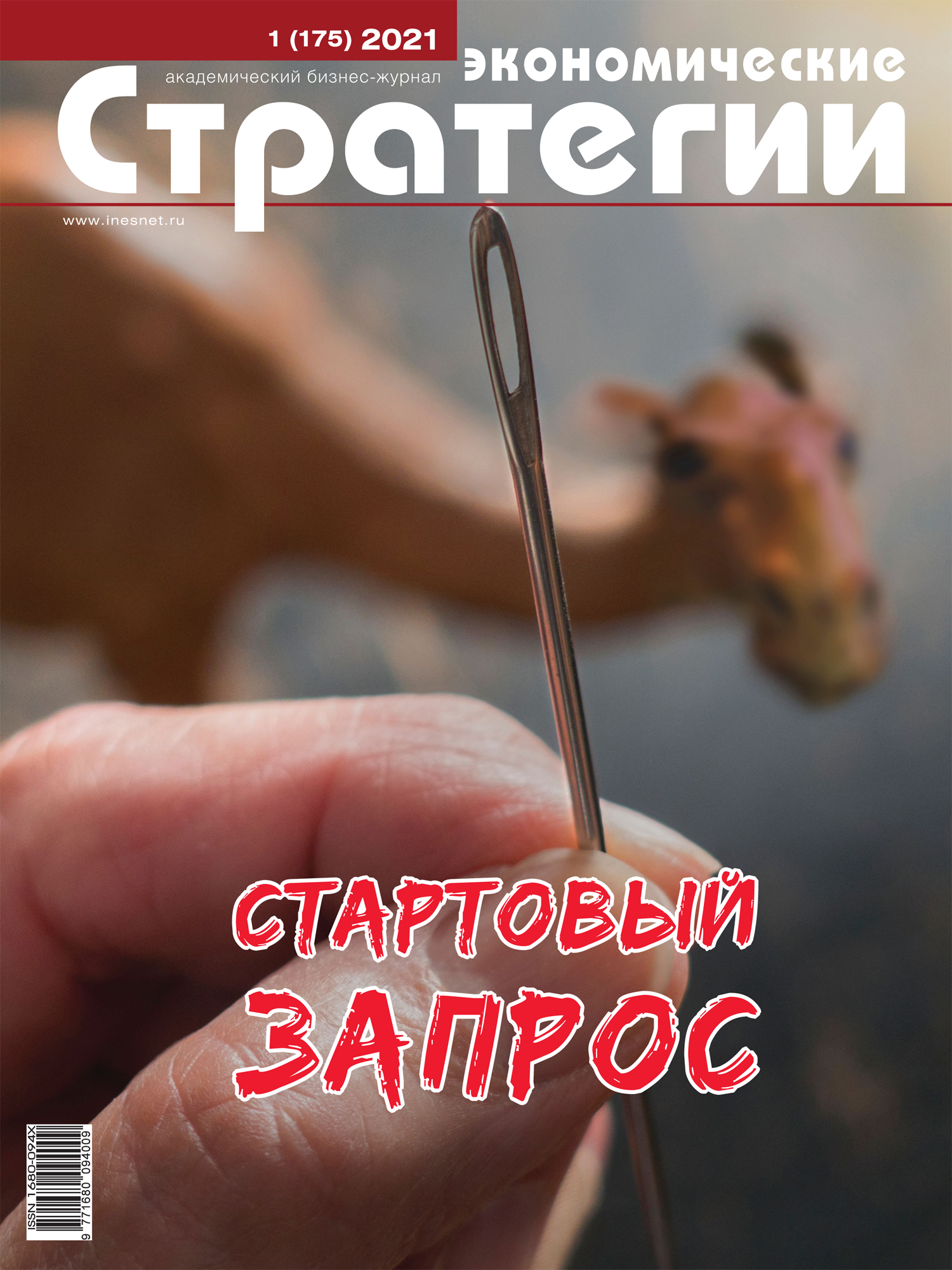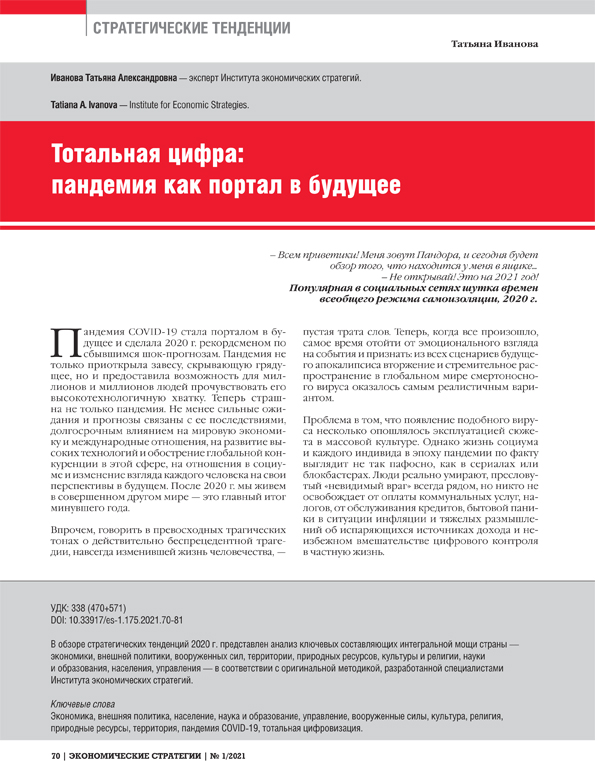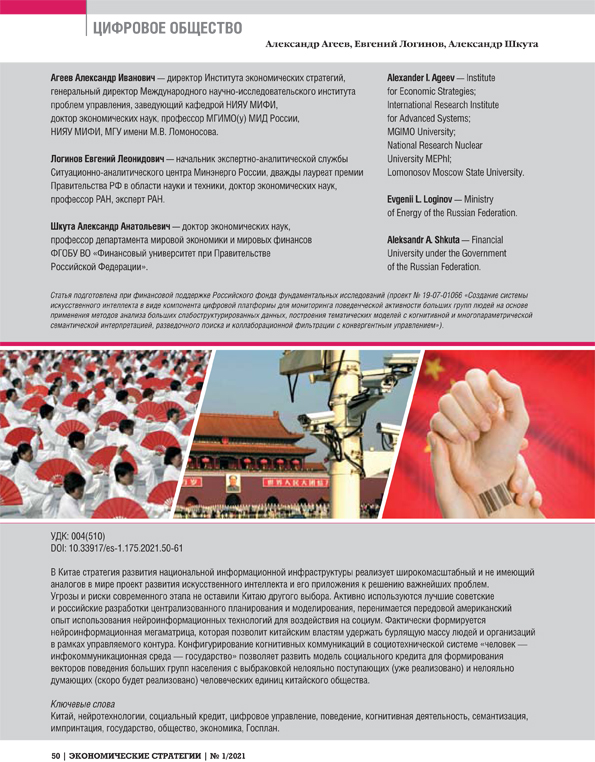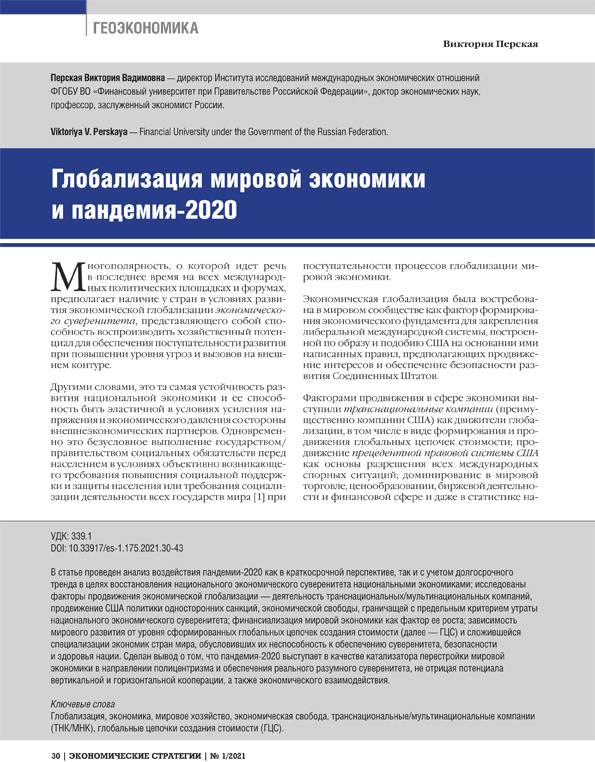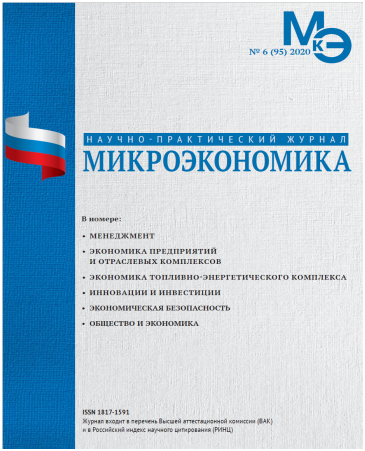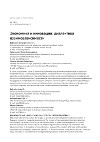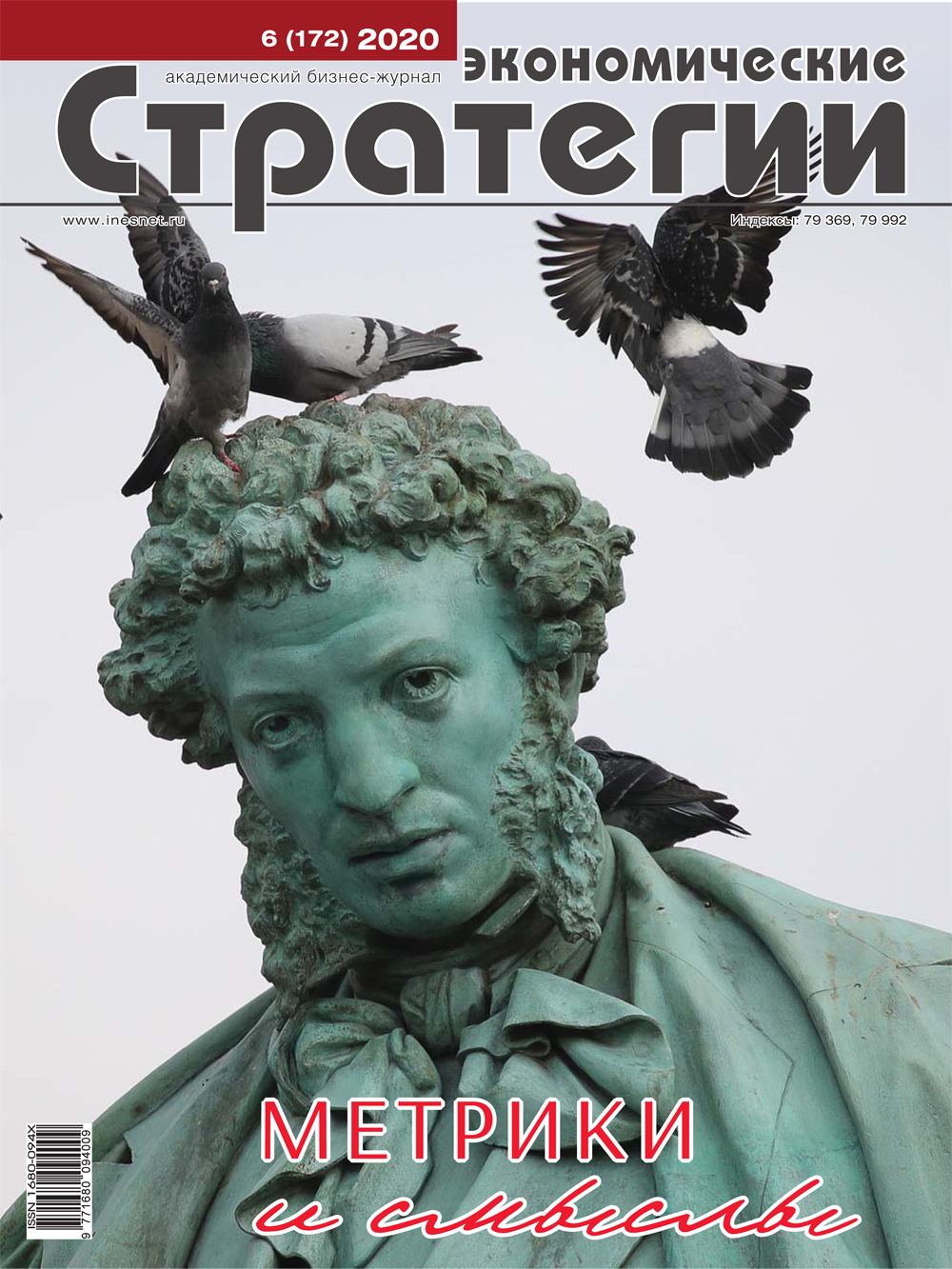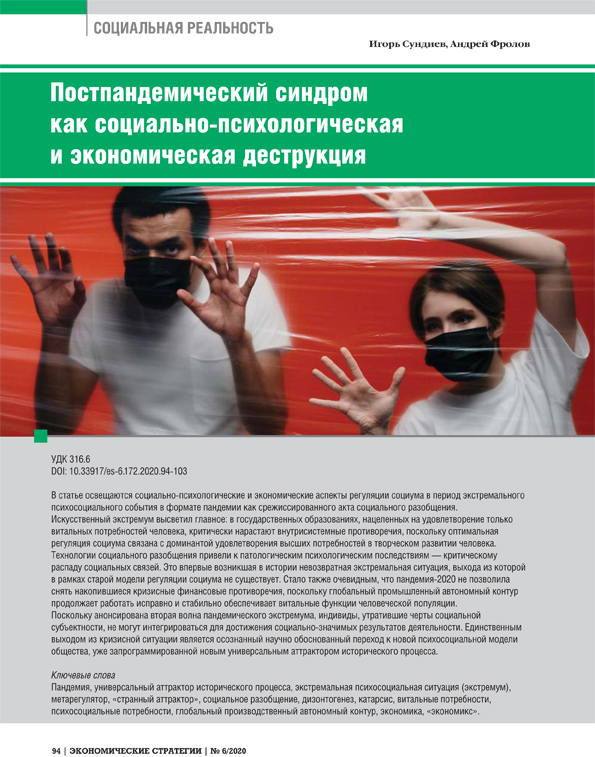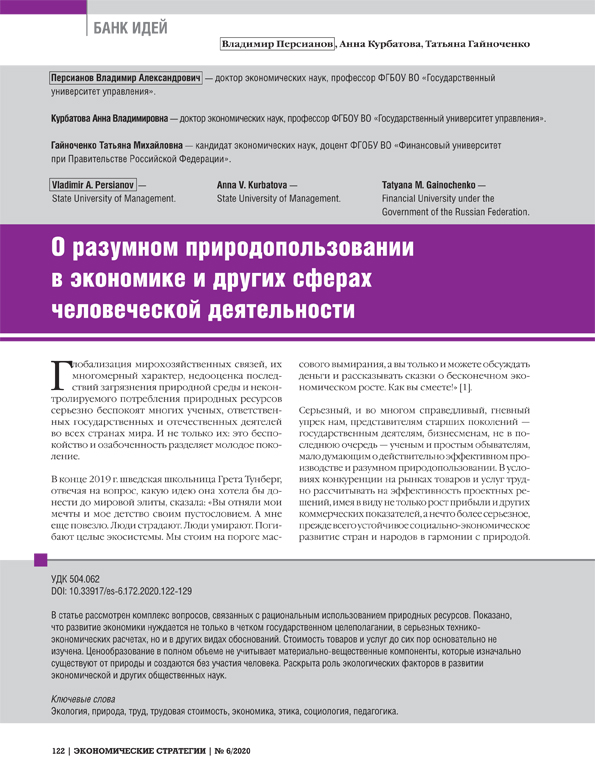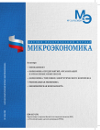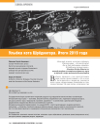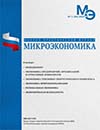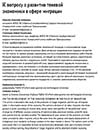On the Projects of the RF Central Bank Dedicated to the Financial Market Development
DOI: https://doi.org/10.33917/es-6.180.2021.63-67
The Bank of Russia in its systemic documents, published in 2020, presents solution of a wide range of topical issues of the Russian financial system and economy related to providing the real sector with long-term money, the lack of which is one of the key factors restraining the growth of investments and the Russian economy for years. However, implementation of measures proposed in the documents may take more than one year until the economy begins to feel their effect. In this regard, it seems important to consider more systemic mechanisms that will allow to expand the volume of long-term money. In particular, we are talking about approaches based on interaction of the national central bank and the national ministry of finance. Besides, more and more countries in the world are actively applying the indicated mechanisms.
Источники:
1. Osnovnye napravleniya razvitiya finansovogo rynka Rossiiskoi Federatsii na 2022 god i period 2023 i 2024 godov: Proekt ot 30 sentyabrya 2021 g. [Main Directions of Development of the Financial Market of the Russian Federation for 2022 and the Period of 2023 and 2024: Draft Dated September 30, 2021.]. TsBR, available at: https://cbr.ru/Content/Document/File/124658/onrfr_project_2021-09-30.pdf.
2. Osnovnye napravleniya edinoi gosudarstvennoi denezhno-kreditnoi politiki na 2022 god i period 2023 i 2024 godov [Guidelines for the Single State Monetary Policy for 2022 and the Period of 2023 and 2024]. TsBR, available at: https://cbr.ru/about_br/publ/ondkp/on_2022_2024/
3. Aganbegyan A.G., Ershov M.V. Ne stoit melochit’sya. Spasut li Rossiyu dlinnye den’gi? [One Shouldn’t Waste Time on Trifles. Will Long Money Save Russia?]. Argumenty i fakty, 2020, August, 10.
4. Poslanie Prezidenta RF Federal’nomu sobraniyu [Message of the President of the Russian Federation to the Federal Assembly]. Ofitsial’nyi sait Prezidenta RF, 2021, April, 21, available at: http://www.kremlin.ru/events/president/transcripts/messages.
5. Ershov M.V. Mir v 2020 godu: novye problemy obnazhayut sistemnye izmeneniya v ekonomike [The World in 2020: New Problems Reveal Systemic Changes in the Economy]. Voprosy ekonomiki, 2020, no 12, pp. 5–23.


